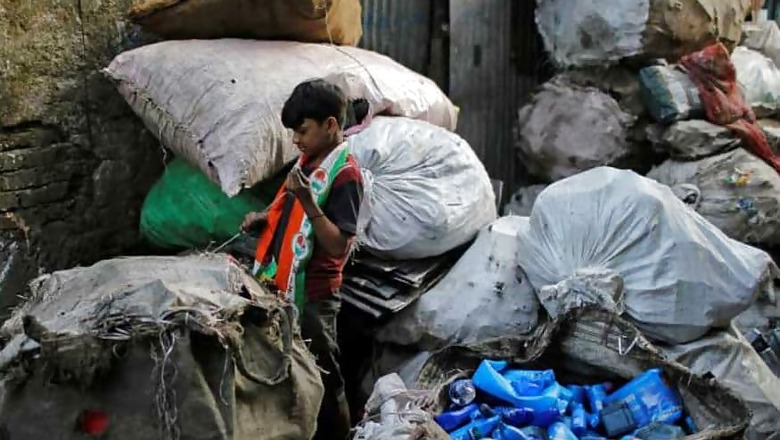
views
Migrant workers in the country are in the thick of an acute crisis caused by the Covid-19 lockdown, but academics say that the worst is yet to come. Migration of workers from cities could result in the middle-classes shelling out more for local labour that is likely to replace the migrant labourers.
But more importantly, the dire circumstances of the poor combined with the demand for cheap labour could result in more children being forced to work in factories, argues Rahul Suresh Sapkal, assistant professor, Centre for Labour Studies, School of Management and Labour Studies, TISS, Mumbai, in this interview to News18.
Edited Excerpts:
Despite repeated pleas by the Prime Minister, stories of lay-offs have become a regular feature. Do you see this trend continue?
Several state governments themselves changed their labour laws which effectively make it easier to lay-off workers. Lay-offs are going to be a major trend in times to come, I fear. It is inevitable because many businesses will go bust unless they lay-off a portion of their workforce. Unless the state governments intervene or the Centre provides a fiscal stimulus, this trend is going to hold its own.
How big of a difference do you think the packages announced by the union finance minister have made to the migrant workers?
When we look into the second tranche of the Aatmanirbhar package we see only a grand scheme. Does it mean that cash will be transferred to the workers? That is not going to be the case. Announcing a scheme is one thing, for the workers to access the benefits of that scheme is a completely different thing.
To access the benefits of such a scheme, you need to prove that you are a worker, for that you need to show details of your employer. If your employer is not recognised, which is the case for a lot of workers, you're not going to get any benefits. Within Maharashtra alone, 3 lakh workers are out of the purview of such schemes for this very reason.
Secondly, the social security schemes in themselves haven't seen a substantial increase in fund allocations. And many existing schemes are already underutilised. One needs to see the fresh capital that's infused into these recently announced schemes. But the details of these schemes are still not available to us.
The mass migration of workers back to their homes is likely to put a huge strain on the already stressed resources of the rural economy and the shortage of manpower could affect economies in cities. How do you look at these issues?
When so many workers are going back to their villages, it will naturally stress the rural economy. Rural wages will fall. MGNREGA may also not be able to solve many problems because prior to March 31, payments of Rs 18,000 crore due to the workers are already pending.
There is also another problem with MGNREGA scheme as it is today.
In 2015, the current central government changed the provisions of MGNREGA in a way that 60% of its budget went into capital investment and only 40% went into paying wages. Even if the government is able to utilise maximum of that 40% budget, how many workers can it employ? It needs to make changes and allocate at least 80% of the budget to paying wages.
Now with regard to the crisis in the cities, with so many workers leaving, there will be a shortage of manpower, so the wages of those who replace the migrant workers there will increase. This will put the middle-class under greater stress since they will have to pay more to get their works done.
But my greatest worry is that a new trend will emerge soon. Earlier, we used to see inter-state migration of people. Now we will see intra-state migration and these workers will be in a desperate situation. My worry is that this situation will give rise to child labour. In order to sustain, the industries will demand cheap labour and this could give rise to young children being forced to work in factories and industries. Unless the state intervenes, this trend is likely to pick up soon.

















Comments
0 comment